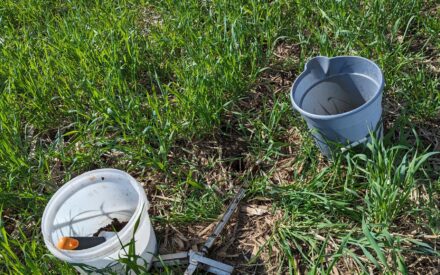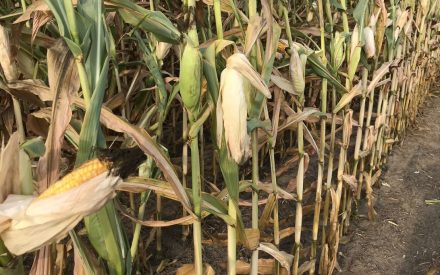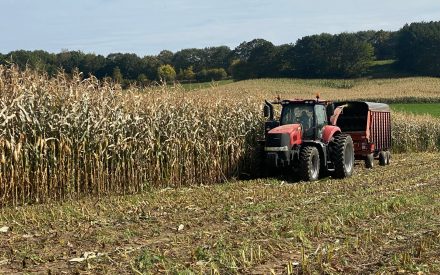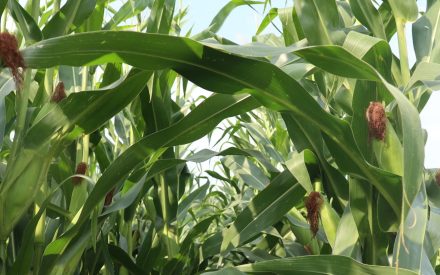While the decision to graze cattle on corn stalks is multi-faceted with considerations for the herd’s needs and soil health, in this article we will only look at the impact on soil health.
Similar to corn stover removal, impacts on soil health include nutrient removal and residue removal, grazing corn stalks should also consider soil compaction. Nutrients removed from a field when corn stalks are grazed are much lower than most farmers think. Potassium removal is nearly zero, as the animals recycle it through urine and feces deposited across the field. Phosphorus and calcium levels in corn stover are too low to supply cattle with their daily needs, so a mineral must be provided. In fact, if mineral is fed to cattle while they are grazing stalks, phosphorus and calcium may cause a modest increase in the field as animals redistribute them on the field through urine and feces. About two pounds of nitrogen (N) will be removed per acre as corn stover is grazed. Soil compaction can be reduced by avoiding grazing when and where soil is wet. Additionally, cattle traffic can be managed by moving water sources around the field or positioning them on a non-crop area.
If cattle are stocked such that only leaves, husks, and non-harvested grain are consumed, the residue removed will be minimal. Work from Nebraska shows about one-half ton of residue will be removed per acre. The recommended stocking rate in Nebraska was one 1200-pound cow per acre per month for each 100 bushels of grain yield per acre. This stocking rate would result in the cow eating only leaves and husks and result in the cow consuming 12-15% of the total residue in the field. Keeping the cows in the field longer will force the consumption of more residue, including pieces of stalk which are less nutritive. Forcing cattle to consume less nutritious portions of the plant will result in poor animal performance and likely reduced birth weights of calves.
Long-term studies in Nebraska show no difference in yield between grazed fields and non-grazed fields in the year following grazing corn stalks. Soil bulk density (a measure of soil compaction) did not increase in silt and clay loam soils. Some soil roughness was seen in fields grazed when the soil was wet and thawed. In one instance this roughness had a small impact on soybean establishment the following year.
Soil microbial life was higher in fields that were grazed due to cattle urine and feces deposits. This higher microbial life is believed to result in better nutrient cycling and may be one reason why yields are higher in fields following grazing. Another reason may be the lower amount of crop residue may result in better stand establishment and faster spring growth of crops. Grazing corn stover can be a tool to manage high residue situations.
Grazing corn residue can be a tool to manage crop residue and may increase subsequent crop yields. If managed properly, residue removal rates will be low enough to not significantly impact soil health negatively, and urine and feces deposited by the cattle should increase soil health, resulting in better soil nutrient cycling.
Looking for information about harvesting corn stover? Check out this article’s companion, Harvesting Corn Stover.
Published Oct. 21, 2024

 ▶ Evaluating MRTN Rates for Corn Grain and Silage After Manure Application
▶ Evaluating MRTN Rates for Corn Grain and Silage After Manure Application ▶ Practices to Optimize the Nutritive Value of Corn Silage
▶ Practices to Optimize the Nutritive Value of Corn Silage ▶ Explore the New Corn Silage Dry Down Monitoring Tool
▶ Explore the New Corn Silage Dry Down Monitoring Tool ▶ The Agronomic Fit of Short Corn as a BMR Alternative
▶ The Agronomic Fit of Short Corn as a BMR Alternative


